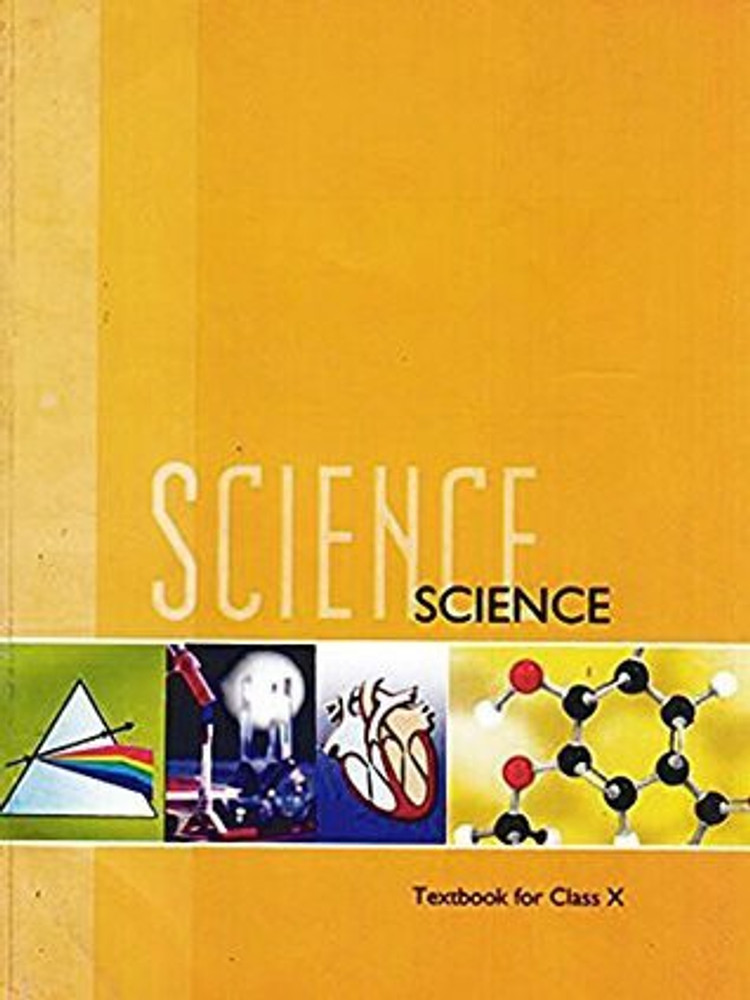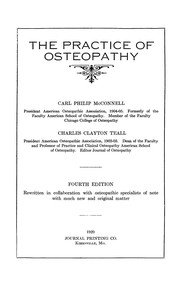NASA's MMS Mission Marks 10 Years of Magnetic Reconnection Discoveries
NASA's Magnetospheric Multiscale (MMS) mission has completed a decade of discoveries, advancing the study of magnetic reconnection—a crucial process in space physics. The four-satellite fleet has enabled over 1,500 research papers, refining theories and revealing unexpected reconnection locations. The mission has also set records for GPS tracking at extreme altitudes and precise satellite formations. With significant fuel reserves, MMS is positioned to continue its research into space weather and energy transfer for years to come.

A decade after its launch on March 12, 2015, NASA's Magnetospheric Multiscale (MMS) mission has significantly advanced the understanding of magnetic reconnection, a fundamental process occurring throughout the universe. Magnetic reconnection takes place when magnetic field lines break and realign, releasing massive amounts of energy. Around Earth, a single event can generate as much energy in hours as the United States consumes in a day. Thousands of research papers based on MMS data have contributed to scientific and technological advancements, including a better understanding of space weather's effects on Earth and potential applications for fusion energy research.
Observations in a Unique Space Environment
According to reports magnetic reconnection was previously understood in a limited capacity. The MMS spacecraft, using advanced measurement instruments, has provided insights into this phenomenon. The four identical spacecraft move in a highly elliptical orbit, enabling them to study reconnection events in key locations—both on the Sun-facing side of Earth and on the nightside, farther from the Sun. According to a statement, in an official press release by NASA, Jim Burch, Principal Investigator for MMS at Southwest Research Institute, noted that MMS has corrected previous theories about reconnection in turbulent regions and revealed its occurrence in unexpected locations.
Enabling Scientific and Career Breakthroughs
Reports indicate that the MMS mission has played a crucial role in fostering the careers of early-stage researchers. Nearly 50 doctorate degrees have been completed using its data, and early-career scientists have been supported through dedicated grants and training programs. These initiatives have been so effective that they are now a requirement for all NASA heliophysics missions, as confirmed by Guan Le, MMS Mission Lead at NASA's Goddard Space Flight Center.
Record-Setting Achievements in Space
Beyond scientific contributions, MMS has set multiple records. The mission holds the Guinness World Record for the highest GPS fix at 116,300 miles above Earth, demonstrating the feasibility of GPS navigation for deep space missions, including NASA's Artemis programme. Another record was set for the smallest satellite formation, with spacecraft maintaining just 2.6 miles of separation. Despite a decade in space, the mission remains operational, with enough fuel to continue for years.
Looking Ahead
Scientists remain focused on leveraging MMS for further discoveries. With upcoming years presenting ideal conditions for studying reconnection events on Earth's nightside, ongoing observations are expected to refine existing theories and uncover new aspects of this powerful space phenomenon.












)



























































